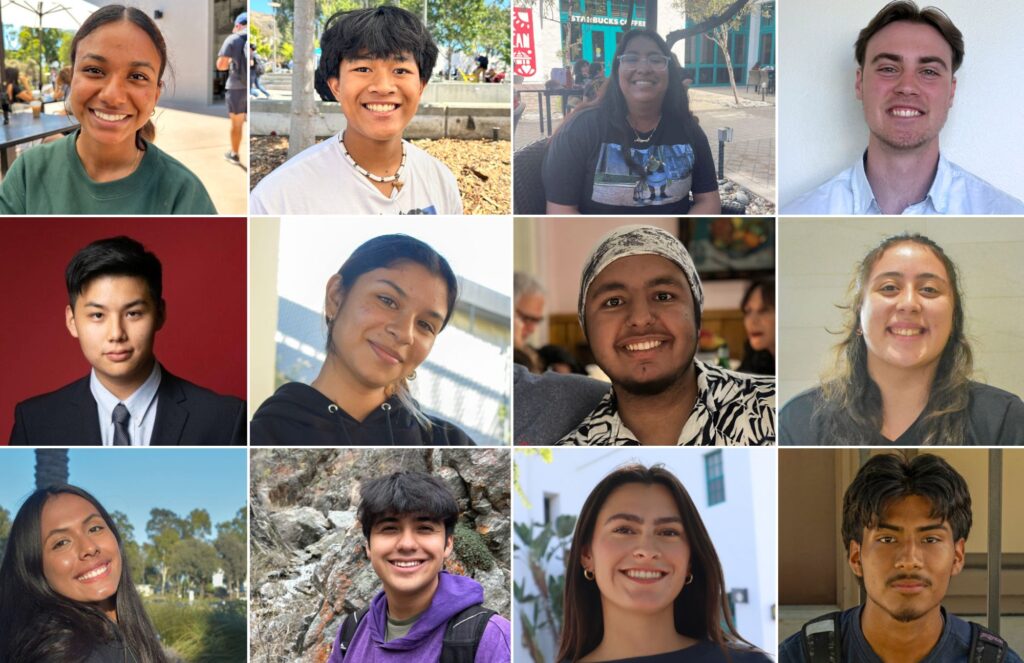“I find it most helpful for summarizing readings and just making really menial and time-consuming tasks a lot easier,” Miglani said. A premium ChatGPT subscriber, he said he regularly checks his math problems with the chatbot, though it often can’t handle the complex equations and concepts used in some of his classes.
Miglani said the the preliminary models of ChatGPT were “pretty rudimentary,” struggling to produce quality written answers and useful for mainly short-answer assignments and creating outlines for his essays. Now, ChatGPT and other AI tools, including Microsoft Edge and Gemini, are Miglani’s near-constant companions for homework tasks.
For the first few semesters after ChatGPT’s debut, Miglani said students used it fairly freely without much concern about getting caught, as AI detection software didn’t yet exist. Now that commonly used submission programs like Turnitin allow professors to scan assignments for evidence of AI use, Miglani said he’s been more conscientious of writing essays that won’t be flagged.
“I have not gotten caught using AI yet,” he said. “In fact, now, as I take higher level courses, professors understand that people are going to use AI, and so I have started asking them, ‘Do you approve of AI use in and in what capacity?’”
Some of Miglani’s professors have allowed AI use for research and basic summarization, but many draw the line at using chatbots to generate citations or write essays.
By Christina Chkarboul

